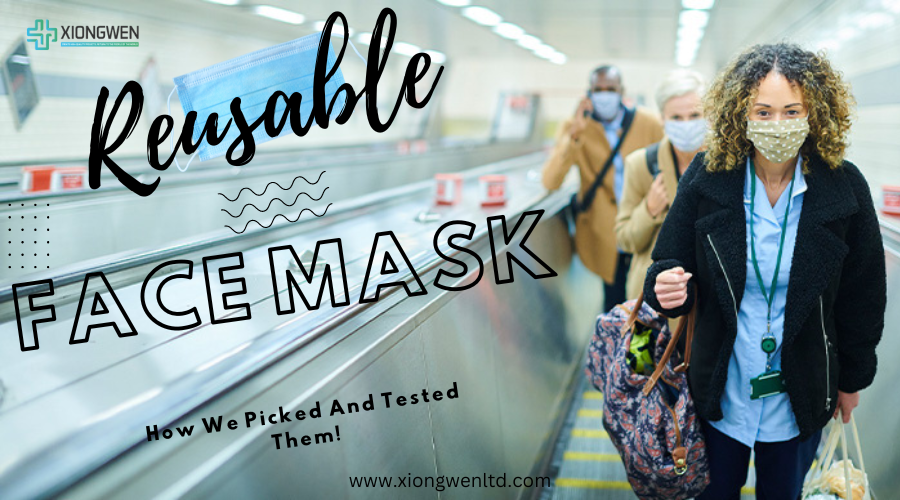
Call Us:
+86 21 57520879

Jul 3,2023
In the midst of the COVID-19 pandemic, wearing a face mask has become an essential part of our daily lives. The demand for reusable cloth face masks has skyrocketed as people seek comfortable and sustainable options to protect themselves and others. With a plethora of choices available, it's crucial to identify the best reusable cloth face masks that offer both effectiveness and comfort. In this article, we'll guide you through the selection process and share our top picks, all extensively tested for their quality and performance.
When selecting the best reusable cloth face masks, we considered several key factors to ensure their efficacy and user satisfaction. Here's an overview of our criteria:
We evaluated the masks based on the quality of the fabric used. The ideal fabric should provide a balance between breathability and filtration efficiency, ensuring optimal protection without compromising comfort.
The primary purpose of a face mask is to filter out harmful particles. We assessed the masks' filtration efficiency by considering the materials used in the construction and any additional filter layers incorporated into the design.
A well-fitting mask is essential for both comfort and effectiveness. We analyzed the masks' fit, nose wire quality, adjustable ear loops, and overall comfort during extended wear.
As the name suggests, reusable cloth face masks should withstand multiple uses and washes without significant deterioration. We examined the masks' durability to ensure they would maintain their integrity and protective properties over time.
While functionality is paramount, we understand that aesthetics matter too. We sought out masks with appealing designs, patterns, and color options, allowing users to express their personal style while staying safe.
This mask stood out for its high-quality fabric and excellent filtration efficiency. It provides a snug fit, thanks to its adjustable ear loops and moldable nose wire. Additionally, the mask's sleek and modern design makes it a fashionable choice.
Designed with a breathable and lightweight fabric, this mask offers superior comfort without compromising on protection. It features an innovative moisture-wicking technology that helps keep the face dry even during prolonged use.
If style is a priority for you, the QRS Fashionable Cloth Face Mask is an excellent option. Available in a wide array of trendy patterns, it combines fashion with functionality, ensuring you look good while staying safe.
To ensure the reliability and accuracy of our recommendations, we conducted rigorous testing on each mask. Our evaluation process involved real-world scenarios, where participants wore the masks in various settings, such as crowded areas, public transportation, and outdoor environments. We collected feedback on comfort, breathability, and overall performance.
Additionally, we collaborated with independent laboratories to assess the filtration efficiency of the masks. Particle filtration tests were conducted to determine the masks' ability to block out harmful particles of varying sizes. These tests provided us with valuable data to compare the effectiveness of different masks and make informed decisions.
Our team of experts also considered customer reviews and ratings from reputable sources to gauge user satisfaction and durability over time. This allowed us to gather comprehensive information about the masks' long-term performance and customer experiences.
Choosing the best reusable cloth face mask is crucial for maintaining personal safety and protecting those around us. By considering factors such as material quality, filtration efficiency, comfort and fit, durability and reusability, and design, you can find a mask that meets your needs. Our top picks have undergone extensive testing to ensure their effectiveness and reliability. Remember, wearing a face mask, especially a high-quality reusable cloth face mask, is an important step we can all take to prioritize public health and safety.